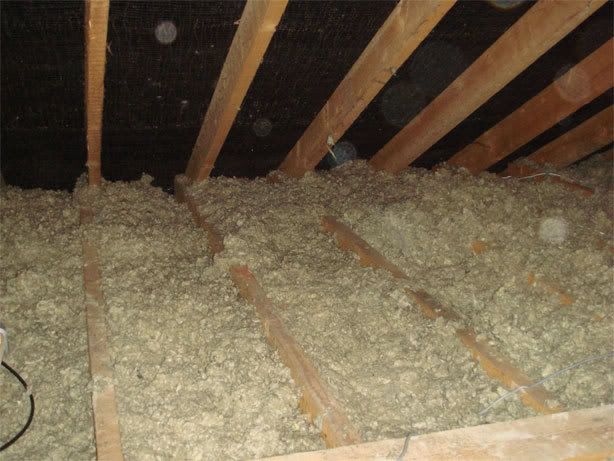Hi,
I live in a 70s-built semi-D, the attic of which is insulated by what seems to be loose fibreglass-type material (see below). The depth varies considerably around the attic from 7" down to maybe 1" (where it's compressed).
Does this sound like your own attic, and if not is it something you'd be inclined to rectify ASAP? From the pics am I correct to assume it's fibreglass?
I'm hoping to get a price for replacing it this year (I presume it's a job for summer), if anyone had pricing pointers, that'd help.
Thanks


I live in a 70s-built semi-D, the attic of which is insulated by what seems to be loose fibreglass-type material (see below). The depth varies considerably around the attic from 7" down to maybe 1" (where it's compressed).
Does this sound like your own attic, and if not is it something you'd be inclined to rectify ASAP? From the pics am I correct to assume it's fibreglass?
I'm hoping to get a price for replacing it this year (I presume it's a job for summer), if anyone had pricing pointers, that'd help.
Thanks

